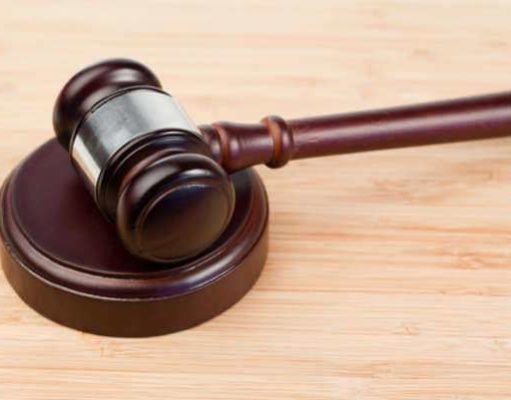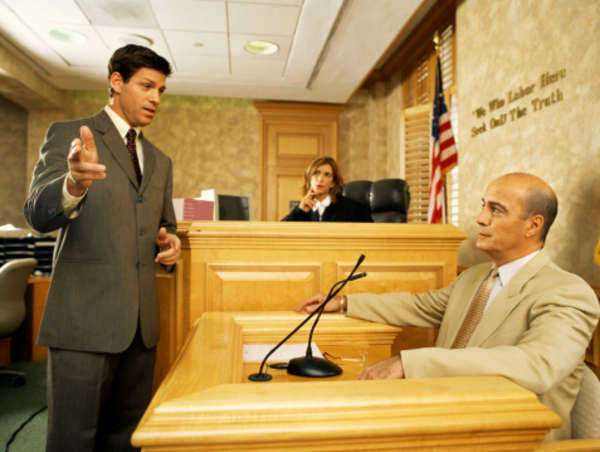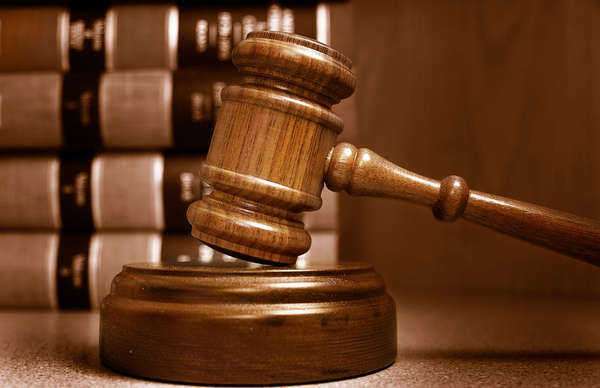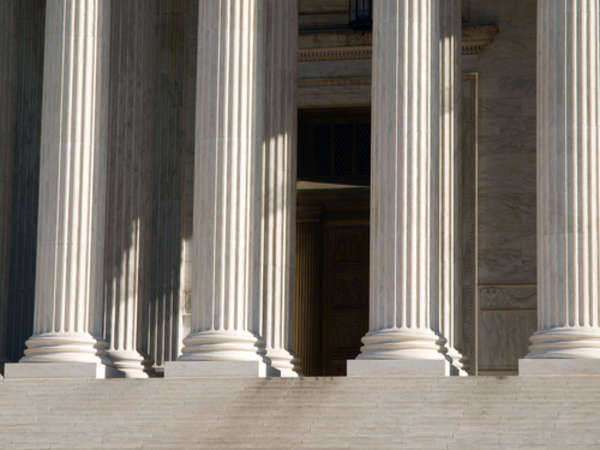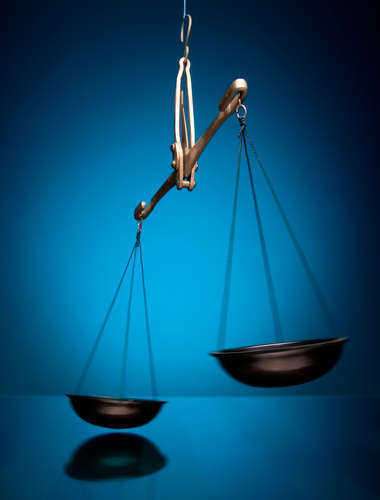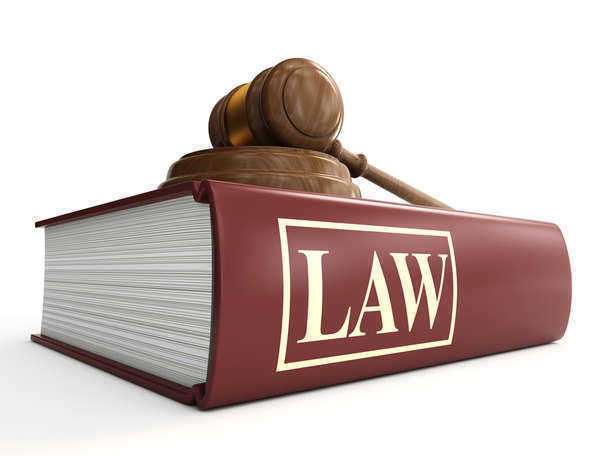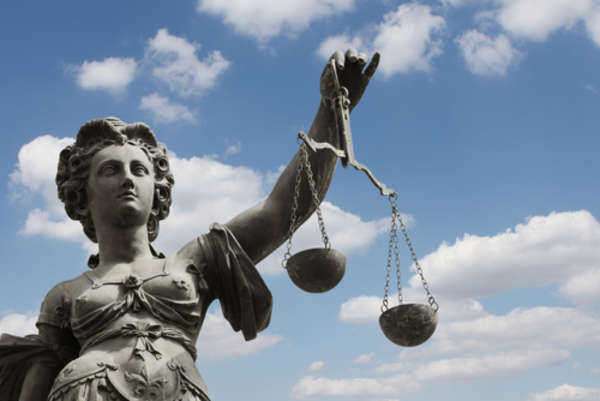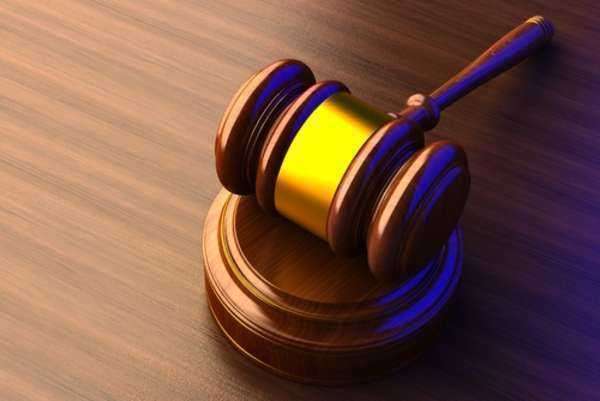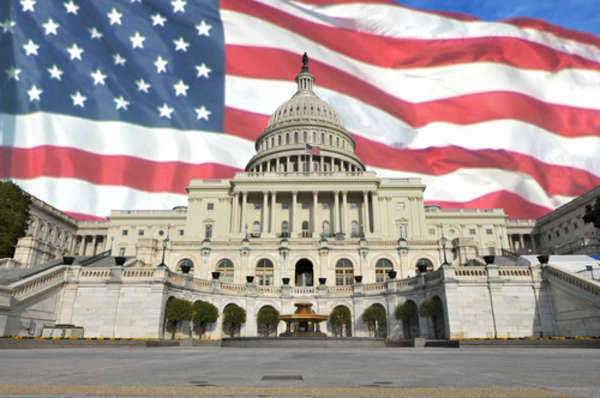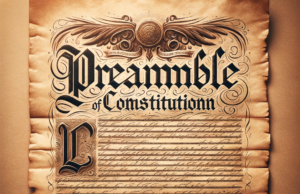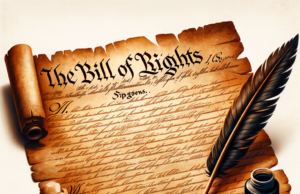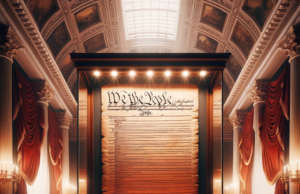Major Decisions-McCulloch v. Maryland
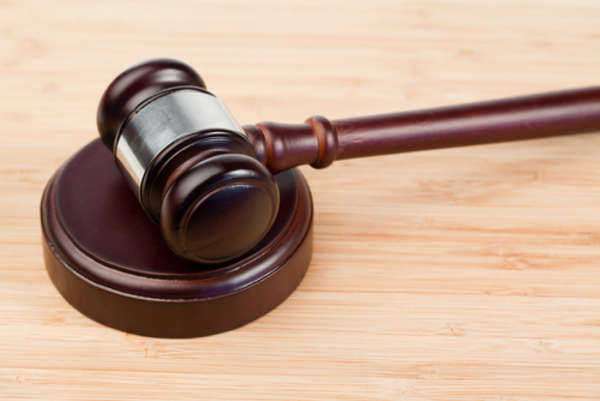
McCulloch v. Maryland is a landmark case in American legal history that established the principle of federal supremacy and upheld the constitutionality of the national bank. The case was heard by the Supreme Court in 1819 and arose from the state of Maryland’s attempt to tax the Second Bank of the United States, which had been established by Congress in 1816.
Maryland passed a law imposing a tax on all out-of-state banks operating in the state, with the clear intention of targeting the Second Bank of the United States. James W. McCulloch, the bank’s Baltimore branch manager, refused to pay the tax and was subsequently sued by the state.
The case ultimately made its way to the Supreme Court, which had to decide whether the state had the power to impose the tax on the federal government. At issue was the interpretation of two clauses of the U.S. Constitution: the Necessary and Proper Clause and the Supremacy Clause.
In its decision, the Supreme Court upheld the constitutionality of the bank and ruled that the state of Maryland did not have the power to tax it. Chief Justice John Marshall, writing for the majority, argued that the Necessary and Proper Clause gave Congress broad discretion to create laws that were “necessary and proper” for carrying out its enumerated powers. The power to establish a bank, he argued, was implicit in Congress’s authority to regulate commerce and to levy taxes and borrow money.
Marshall also argued that the Supremacy Clause gave federal law precedence over state law, and that states could not interfere with the functioning of federal institutions. In other words, the federal government had the final say in matters of national importance, and the states could not impede its actions.
The decision in McCulloch v. Maryland had far-reaching implications for federal-state relations and the balance of power between the federal government and the states. The ruling established the principle of federal supremacy, meaning that federal law takes precedence over state law when there is a conflict between the two. This principle has been used to assert federal authority on a number of issues, from civil rights to environmental protection to foreign policy.
While some critics have argued that the decision in McCulloch v. Maryland gave the federal government too much power, supporters maintain that it was necessary to establish a coherent and effective system of government. They argue that without clear lines of federal authority, the country would have been unable to function effectively or respond to national emergencies and crises.
In conclusion, McCulloch v. Maryland represents a major turning point in American legal history and established key principles that continue to shape federal-state relations today. The case underscores the importance of a strong, effective federal government and highlights the ongoing tension between federal authority and state autonomy. Ultimately, the decision in McCulloch v. Maryland has had important implications for the functioning of American democracy and the balance of power between federal and state institutions.
McCulloch v. Maryland proved to be an extremely important Supreme Court case that would impact how the laws and the Constitution of the United States would be applied in a functional and effective manner. McCulloch v. Maryland would establish certain principles for interpretation of Constitutional law, specifically dealing with the powers of Congress.
McCulloch v. Maryland would inadvertently become a fundamental case in Supreme Court decisions based on the State of Maryland imposing a tax on the Second Bank of the United States, which was established with the support and backing of Congress. The reason that Congress would establish a national bank would be to control how State banks were to issue currency, which was unregulated at the time it was established.
The states were in opposition to the decision and Maryland would be the first to show its discomfort by levying a tax on all the banks within the State that were not chartered by State legislation. James McCulloch was the presiding official over the Second Bank of the United States in Maryland and refused to pay the tax. What would ensue would have an impact on all judicial and Constitutional matters in the United States after the case was decided.
Originally, the case was heard by the State of Maryland courts and rendered a decision in favor of the State. The decision was reached based upon the determination that the Constitution did not implicitly provide for any provisions regarding banks in the United States, and thus, such powers should be delegated to State to control. The case was then appealed to the Supreme Court, where Chief Justice John Marshall was presiding.
After hearing the case, Marshall would establish the United States Constitution as the supreme rule of the nation. Furthermore, Marshall would also refer to the Constitution to provide for the fact that even though the term “bank” is never explicitly referenced in the document, there are certain provisions in the Taxing and Spending Clause that would provide for implied powers to Congress to establish such a bank.
The establishing of a bank would be a means to implement the expressly given powers to Congress, thus within the realm of Constitutionality. The Necessary and Proper Clause of the Constitution would be invoked to further support this determination and would find that Congress could enact such a practice as long as it did not violate other Constitutional standards and within the realm of Congress’ limits.
Two major principles would be derived from Marshall’s decision in favor of McCulloch. Firstly, the Congress of the United States is granted certain implied powers by the Constitution that are implemented in order to ensure the proper function of the Federal Government. The other major outcome was that the States cannot impose on the powers granted by the Constitution to the Federal Government by any action, such as levying a bank tax on a national bank.
Aside from establishing implied powers of Congress as a legitimate practice, it is the bank tax levied by Maryland that would further make the decision more important, which would prove for the limit on the states’ power over Federal Government. Furthermore, Marshall would declare the Maryland bank tax unconstitutional, which was first done in Marbury v. Madison. The case would provide for the Constitution to be interpreted on a broader scope, rather than adhering to its provisions and text word for word. If you need legal advice and assistance, contact Maryland lawyers.

